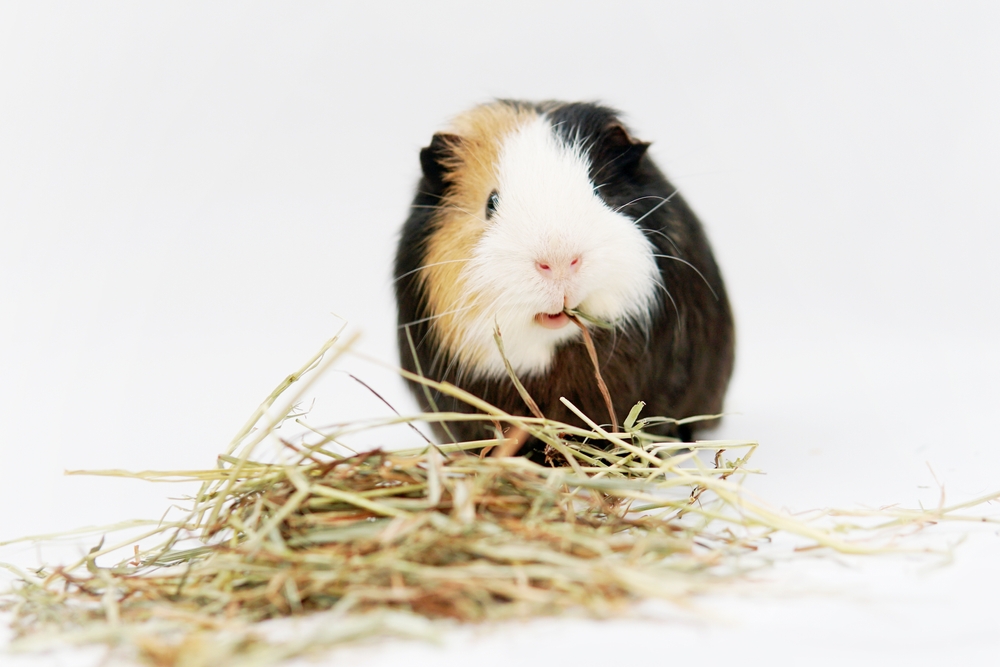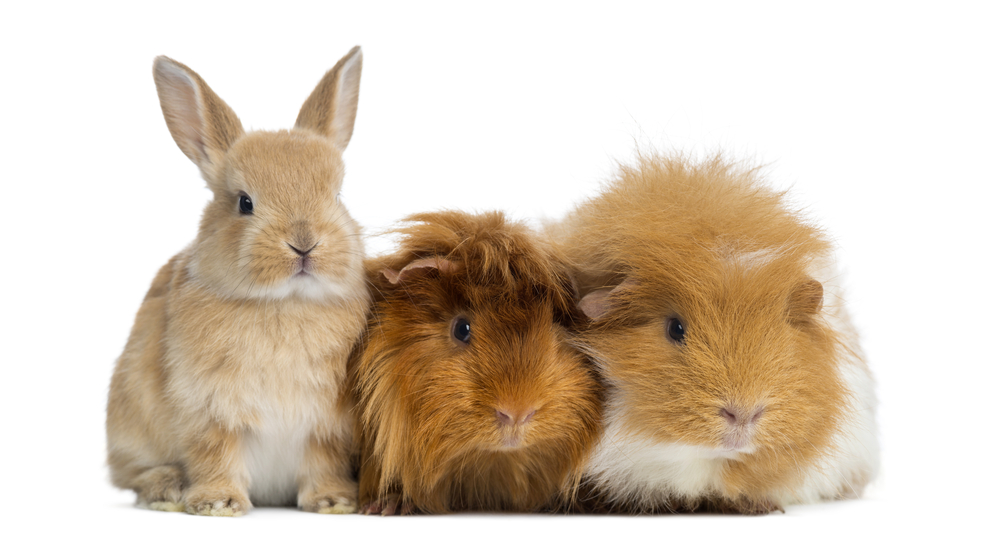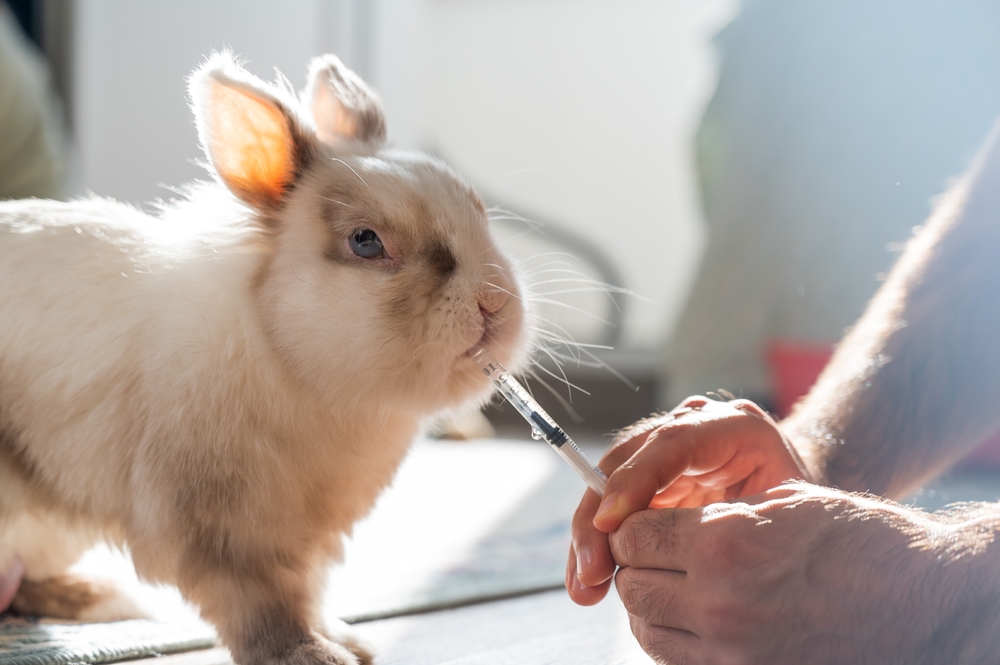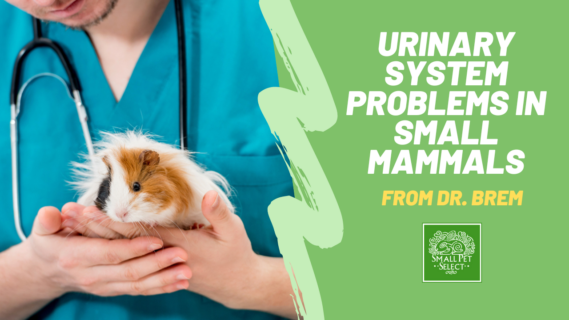The urinary tract includes the kidneys, the ureters (the tubes that go from the kidneys to the bladder), the bladder, and the urethra (the tube from the bladder that urine comes out of). Small mammals can have issues with all parts, but here I’m going to talk about the most common urinary system problems, what to watch for, and how some can be treated.
Signs Of Urinary System Problems
There are a lot of possible signs of urinary system problems in critters. They include:
- weight loss
- urine in the fur of the butt, the abdomen, or the back legs
- loss of fur in the butt, the abdomen, or the back legs
- Incontinence
- straining to urinate and/or urinating more often
- consistently thick (not watery) urine
- blood in the urine
- abdominal pain
Sometimes a non-urinary tract issue can show up as a urinary one. For example, if there has been some sort of trauma such as a broken back or a broken leg, if there is an abdominal tumor, or if your pet has a neurological issue that involves loss of balance, your pet may have problems getting in the litter box or positioning to urinate.
If you notice a urinary issue, it’s important to get your pet checked out by a veterinarian knowledgeable about your type of pet.

Color Of Urine
Normal urine can have a wide range of colors, from clear to different shades of yellow, orange, red and even browns. Factors for the different colors of urine include diet and genetics mostly, but colors can vary within a pet from day to day.
Red urine can be scary for owners though. You can often distinguish normal red urine from blood in the urine because if it’s blood it will 1. usually be more magenta-red colored or 2. it will have spots of red in it – like little blood clots.
If you do see blood in the urine it can indicate a few different things, such as an infection, bladder or kidney stones, inflammation from different causes, or, if it’s an unspayed female, uterine cancer.
Urinary Incontinence
Urinary incontinence is not being able to control urination, and it can be from a number of reasons, such as infection, sludge, or stones (see below); arthritis or a mass causing abnormal pressing on the bladder, or a neurological issue that causes the message from the brain to the bladder to be lost. It can also occur for a little while after a spay or other abdominal surgery. Treatment involves treating the underlying cause – the infection, the sludge, etc.
Urine Scald
Urine scald is when urine gets on the skin and causes irritation and inflammation. It can be a very painful condition, especially if not taken care of right away.
It can be caused by obesity, because excess fat comes into contact with urine, which then scalds that fatty skin; excess skin in the area; malformation of the urethra, which causes the stream of urine to hit the skin instead of going into the litter box; abnormal positioning when urinating because of obesity or spinal issues such as paralysis; or a urinary tract infection. It could also be caused if a pet’s incisors (front teeth) are long or malformed so that it can’t clean urine off its fur.
Urine scald can lead to loss of hair, which further irritates the skin; widespread skin inflammation, sometimes far up the abdomen; sores on the feet (pododermatitis); and more.
Treatment involves solving the underlying cause and treating the urine scald. It is very important to have your vet clip the affected fur and treat the skin. Cutting and clipping fur can be a very delicate procedure, so it’s better to have a vet do it so that you don’t cut the skin.
Also, if your pet has had urine scald or other urinary system problems in the past, you should monitor it and treat it early before it gets really bad again.
Check your pet’s underside on a regular basis, keep the litter box clean so that urine isn’t sitting on top of the litter and touching the fur/skin, and feed an appropriate diet to keep your pet at an appropriate weight.

Sludge
Sludge is a thick, sandy substance found in urine. It’s especially common in rabbits and guinea pigs. It occurs when excess calcium is “stuck” in the bladder, usually because of obesity, not enough exercise, not getting enough water, an inappropriate diet, issues with the spine, or arthritis in general. It can result in urine scald, stones, and incontinence due to the sludge filling up the bladder so there is less room for “good” urine.

A vet can help treat sludge, but prevention is key. Give water out of a bowl instead of a bottle to encourage more drinking, encourage exercise by giving your pet lots of time out of its enclosure and playing with him or her, and avoid higher calcium foods such as alfalfa, spinach, and kale if your pet experiences sludge.
Stones
Sludge can lead to stone formation. Stones can be very painful, and depending on their location in the urinary tract can be life-threatening because they can keep urine stuck in the bladder and cause the bladder to rupture. Signs of a stone include blood in the urine, straining to urinate, and pain, and usually involve surgery to remove.
Infection
Signs of a urinary tract infection are similar to the other signs we’ve talked about. Infection can be caused by a bacterium or fungus or can be a result of sludge or stones. When your vet examines your pet, he or she may feel a firm bladder due to inflammation caused by the infection or may feel urethral stones.
A urine culture – which is when a vet takes a sample of urine and sends it to a lab to try to grow bacteria – can tell if there is a bacterium involved and then which antibiotic is best to treat it with. Often a vet will start with a broad-spectrum antibiotic though, in addition to pain medicine, because inflammation can be painful.

Kidney Issues
Kidney issues include stones, infections such as E. cuniculi in rabbits, cancer (especially in rats and mice), malformations pets are born with, hardening of the kidneys’ arteries (especially in hamsters), toxicity from medications, calcium deposits (especially in chinchillas), and inflammation of blood vessels (especially in rats and gerbils).
These issues can cause kidney failure. Acute, or sudden, kidney failure is potentially reversible with fluid therapy, vitamin B6, and correcting the cause.
Chronic kidney failure is not reversible, but there is treatment that can help, which includes supportive care with fluids, medicine, and a low calcium and phosphorus diet.
Copyright 2024 Amy “Brem” Bremers, DVM





